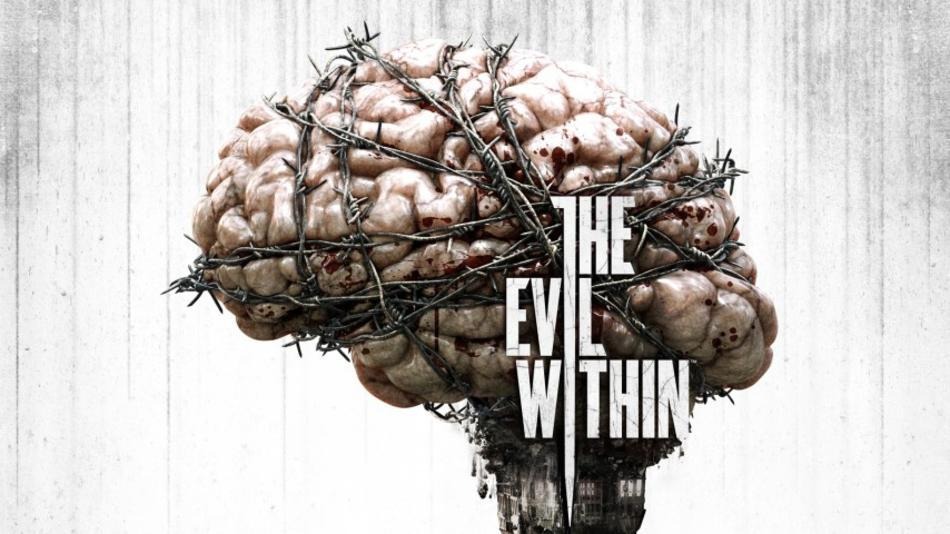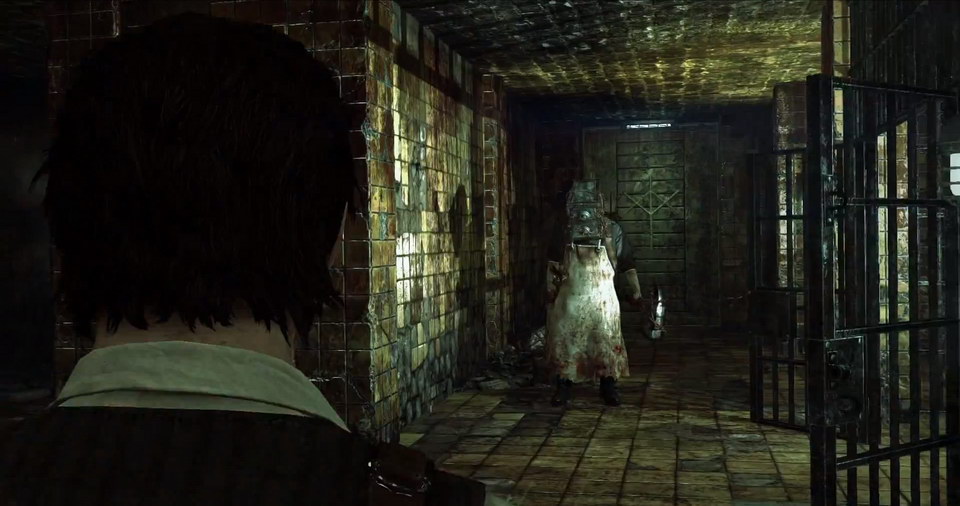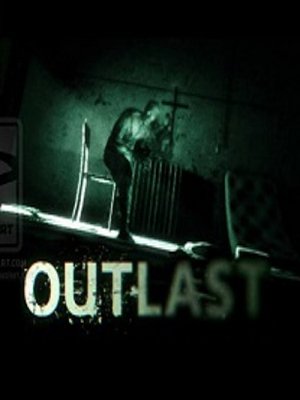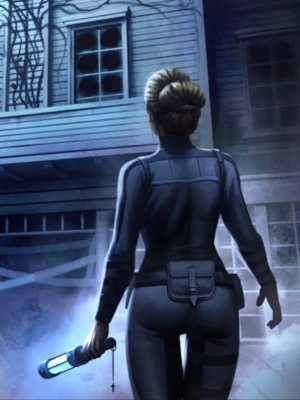The Evil Within

I end up rather clashed about The Evil Within, the most recent game from Resident Evil maker Shinji Mikami. This may well be on account of The Evil Within is from multiple points of view a clashed game all by itself. It is at the same time a reverence to and a separating from Mikami’s most basically acclaimed creation, the splendid Resident Evil 4.
It is goal-oriented yet likewise preservationist, actually radiant yet additionally frustratingly confined. It contains many incredible little minutes, yet winds up feeling like short of what the entirety of its parts. So it is maybe obvious that I was both excited and frustrated by it.
This inquisitive mixture of respect and repudiation is clear inside the diversion’s initial ten minutes. The Evil Within opens to the boom of police sirens as analyst Sebastian Castellanos races through the boulevards of Krimson City, because of a call from Beacon City.
Inside thirty seconds of his landing everything has happened, and Sebastian is trussed up in a dirty storm cellar, bound for the butchers’ piece.
After five minutes he’s being pursued through doctor’s facility halls by a neurotic wielding a cutting tool. At that point the whole city breakdown.
It’s a heck of a presentation. Through it, Mikami snatches a fistful of your shirt and murmurs in your face. Yet it’s as much about clearing the slate, quickly helping you to remember past highs before crushing your desires to lear a path for something new.

At any rate, that is the real trick. In practice, The Evil Within sums to a most prominent hits collection. It’s an arrangement of inexactly joined areas which bring out a considerable lot of Mikami’s past games. Also like a most noteworthy hits collection, in spite of the fact that the individual tunes are as extraordinary as they ever were, it fails to offer the union, the finely tuned stream, of those unique Lps.
Plot-wise The Evil Within treads well known domain in a manner that is in any case charming. At an opportune time Mikami makes it clear that not every is an it shows up. Something is unmistakably upsetting Sebastian’s brain, subjecting him to all way of daydreams and mental trips that influence his view of his general surroundings. Anyway The Evil Within keeps the exact nature of this illusion questionable, progressively fitting together the diverse bits of the story.
This gives Tango Gameworks motivation to toss out typical principles of reality. The Evil Within’s reality is one where medieval business towns cheerfully exist nearby Victorian houses and towering contemporary cityscapes. Halls extend and contract before your exceptionally eyes and gravity is a flighty monster, best case scenario. At whatever point you touch base in another area, practically no setting is given to how you landed there. You’re required to just acknowledge the circumstances, as you would in a fantasy.
An alternate Mikami staple is the soundtrack, which is flawless at both building frenzy and controlling you to a calmer state. Like the music found in the rooms in Resident Evil 4, each space that harbors a mirror portal to a safe spot where you can spare your amusement is went hand in hand with alleviating music. It’s an extraordinary impact, making a bona fide liberating sensation.

Comparing that, a great part of The Evil Within is used in a frenzy, like Resident Evil 4’s more excited minutes with the exception of with less ammunition, less assets and an overwhelming dependence on stealth to monitor both. Instead of play as a weapon toting limited armed force, Sebastian must utilize his wits and his surroundings to stay alive, implying that, in opposition to player desires, now and then fleeing or covering up are the best choices. While stealth is most likely valuable in slicing adversary numbers, the stealth mechanics are no frills and don’t work extremely well constantly. Foes will frequently turn around and get you when no sound was made, prompting a maddening standoff set up of a smooth murder.
Gunplay is really standard third-individual shooter passage, complete with your regulation gun, shotgun, rifle and magnum stockpile. The Agony Bow includes an intriguing turn, however, giving you a chance to specialty diverse sorts of bolts to use in battle, extending from the normal spear to toxic substance or solidifying shafts.
Lamentably, Sebastian’s body has a tendency to take up a tad excessively of the screen when he’s pointing. At whatever point your firearm is up, the cam zooms the distance forward until simply your hand and the weapon is indicating, particularly in confined spaces, making it hard to move far from adversaries.
Weapons can be redesigned at your spare station with Green Gel, a substance found all through the world that additionally permits you to update your greatest wellbeing, sprinting term, and the measure of projectiles you can convey, alongside different attributes. While the redesign framework includes a fascinating (if not ordinary) viewpoint to the gameplay, its very simple, and a few characteristics need to be updated a couple times before being valuable. Sebastian can sprint for three seconds when you begin the diversion, for instance. Following three seconds, he stops in his tracks and jeans set up, paying little respect to foes around him. The sprinting repairman by and large is terrible, and until its almost completely updated, its practically altogether pointless, if not hurtful.
Much like other Mikami stories, The Evil Within doesn’t introduce a great deal more than a detached spine to toss Sebastian starting with one district then onto the next with no clarification, and at any rate for that reason, it meets expectations. Of the fifteen sections that make up the amusement, just a hand sized scoop of them have rehash areas, and generally just for composition’s purpose. All through the experience, you’ll battle your route through a congregation, a haven, catacombs, a ranch, a town populated by killers and a frequented house, with the last two being frightfully reminiscent of past Resident Evil titles.








